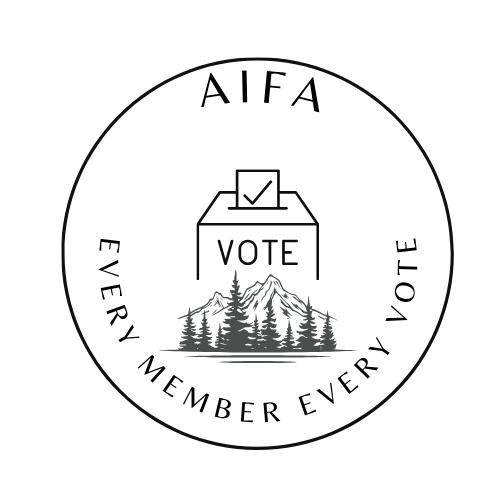A Brief History of Voting Rights in Alberta
January 01, 1885
The original draft of the Electoral Franchise Act gave federal voting rights to some women, but
under the final legislation, only men could vote.
June 13, 1898
Provinces are given the right to decide who can vote in provincial elections.
(Note that Alberta did not become a Canadian province until September 1, 1905)
November 9, 1905
Alberta holds its first provincial election. Only men with 'property qualifications' could vote.
Property-based qualification required voters either to own property to a certain value or to pay
rent or to make a certain annual income. Black men had the right to vote if they were naturalized
subjects and owned taxable property.
(25 seats were available; the Liberals won 22, while the
Progressive Conservatives won 3. The Liberals received 58% of the vote, but 88% of the seats)
January 28, 1916
Women in Manitoba who are of British descent or citizenship, 21 or older, and not otherwise disqualified
are given the right to vote provincially and to hold provincial office. Alberta grants women these rights
in April, 1916.
(Interestingly, women did not get the right to vote federally until 1919)
1944
Voting age in Alberta is lowered from 21 to 19.
January 01, 1949
Non-status Indians win the right to vote in provincial elections without losing status or treaty rights.
1970
Voting age in Alberta is lowered from 19 to 18.
January 01, 1988
People with intellectual disabilities are granted the right to vote after a successful Charter challenge.
October 31, 2002
All incarcerated prisoners are granted the right to vote.
Notes on National Voting History
There are few details available about Alberta's right to vote conditions early in its
existence. The following items are federal in nature but more than likely instituted by Alberta.
The 1898 federal election act passed by the federal government specified that the conditions that
qualified a person to vote in a federal election were the same as those that qualified the individual
to vote in provincial elections in his province of residence. Because statutory disqualification was
no longer permitted, the provinces were left with five factors that they could use to control the right
to vote: age, gender, citizenship, length of residence and property-based requirements. The first three
qualifications were already common to all provinces. Only males age 21 or over who were born or
naturalized British subjects were qualified to vote. Residency requirements, which varied from
province to province, might apply to the province as a whole, to the electoral district or to both.
First Nations men could vote from 1869 onward only if they gave up their Indian status. During the
First and Second World Wars, First Nations men and women who served in the military were given the
right to vote.
Voting restrictions were not formally imposed on Métis: they were allowed to vote if they met the
gender, age, citizenship and property ownership conditions. A Métis man was elected to Parliament
in 1871. Métis women got the vote in 1918 along with most Canadian women.
Inuit were not mentioned in federal election law until 1934, when they were explicitly excluded
from voting. They gained the right to vote in 1950.

